One morning in Kyoto, I set out to explore the famous torii of Fushimi Inari-Taisha Shrine. I woke at 5am and put my body on auto pilot, following my phone’s directions to the nearest station that headed there. Few people stood on the platform as the melodic chimes signaling a train approaching rang out. I boarded and sat alone on a bench as I watched the skyline of the city fly by in the morning light. Blocks of cream and blue blurred by as my gaze lost focus in my sleepy mood.
Exiting the platform, I approached the walkway to the shrine. What better way to mark it than a huge vermilion gate like the ones I came to see. The wide path up was empty under the dimly lit morning sky. It was just after 6am and I was the lone soul walking up to the main entrance.
Though it was spring, the smell of autumn filled the air and the sound of leaves crunching was underfoot. The ones above were rustling in the breeze. The red-orange torii are considered to be the gates between the world of gods and humanity. It did feel quite spiritual walking into the seemingly endless tunnel of red and entering a world of nature and peace. As the path wove around the mountaintop, the torii started to be more spaced out and the sunlight drifted in as I walked under the red repeating lines. Soon dappled light of swaying leaves graced the vermilion support beams.
Each new part of the path presented a thing a beauty whether it was a sharp curve of coiling color or a steep stairway reaching into the green above. Every now and then there would be places of rest and shrines to pray at.
This site is the head shrine of more than 30,000 shrines dedicated to the god Inari, who is the Shinto god of rice and food. The symbol for Inari is a fox who is a messenger for the god and is found all around. Lucky charms, statues, and hanging plaques called ema are endless as you walk the path.
This is a place to savor while enjoying the sights and silence. Many visitors only walk to the lookout for a panoramic view of Kyoto and go back down. It’s a contrast when standing up high in a forest of green with the breeze and trees. Kyoto sprawls out, a massive jungle of concrete. I walked the entire trail and felt it was worth the extra time. Each final step was bittersweet since it was my last day in Kyoto. Of the many sites I visited in my two weeks there, this was one of my favorites.
Helpful Information:
Cost – In a costly city this attraction was surprisingly free.
How to get there – It’s easily accessible from the JR Nara line and is the second station from Kyoto Station. Exit at the JR Inari Station.
Timing – Arrive early of course. This was the only place I could beat the crowds during cherry blossom season because it is open 24 hours. Therefore, you can start your visit as early as you like. The walk took me two and 1/2 hours to complete.

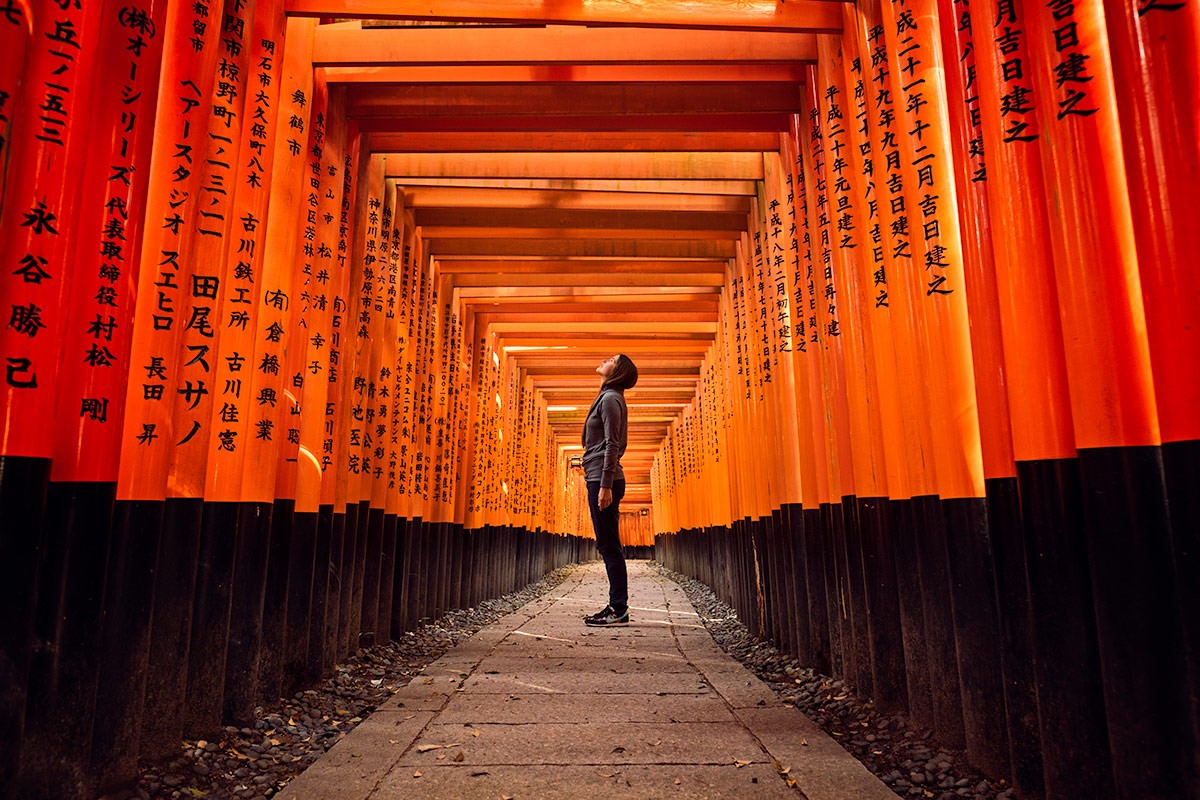
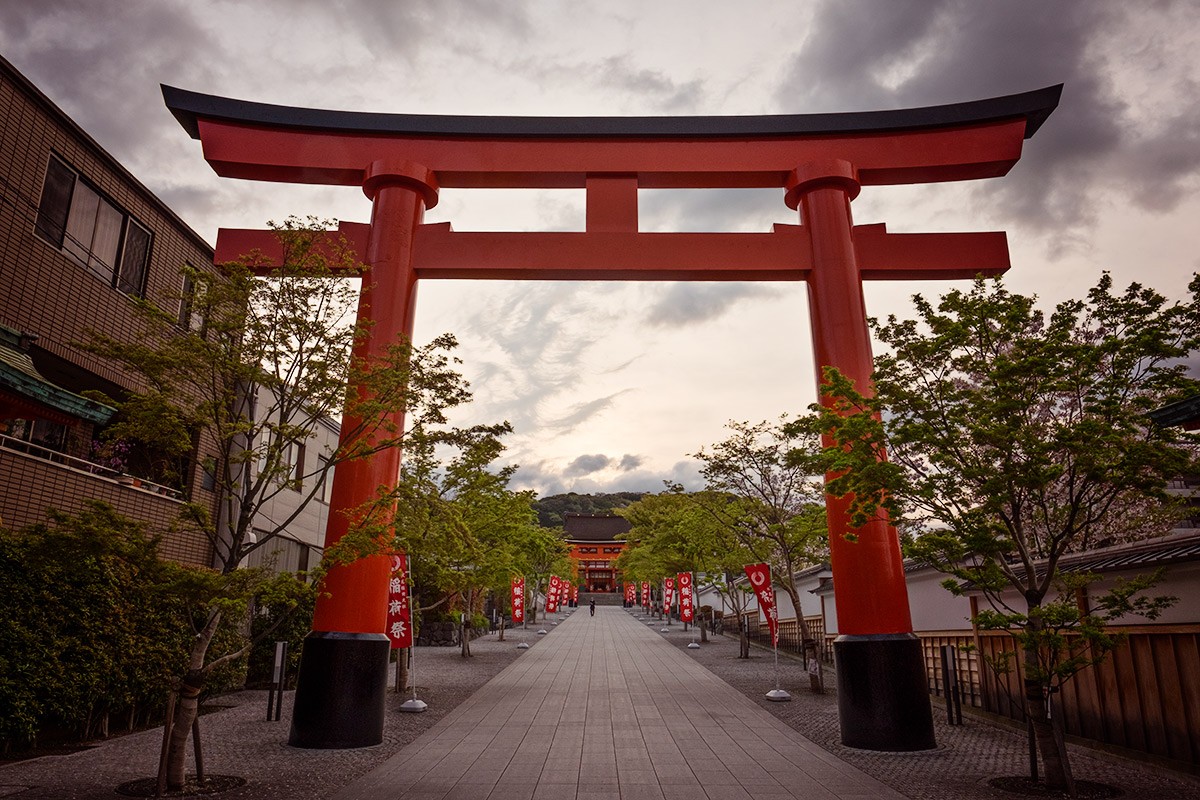

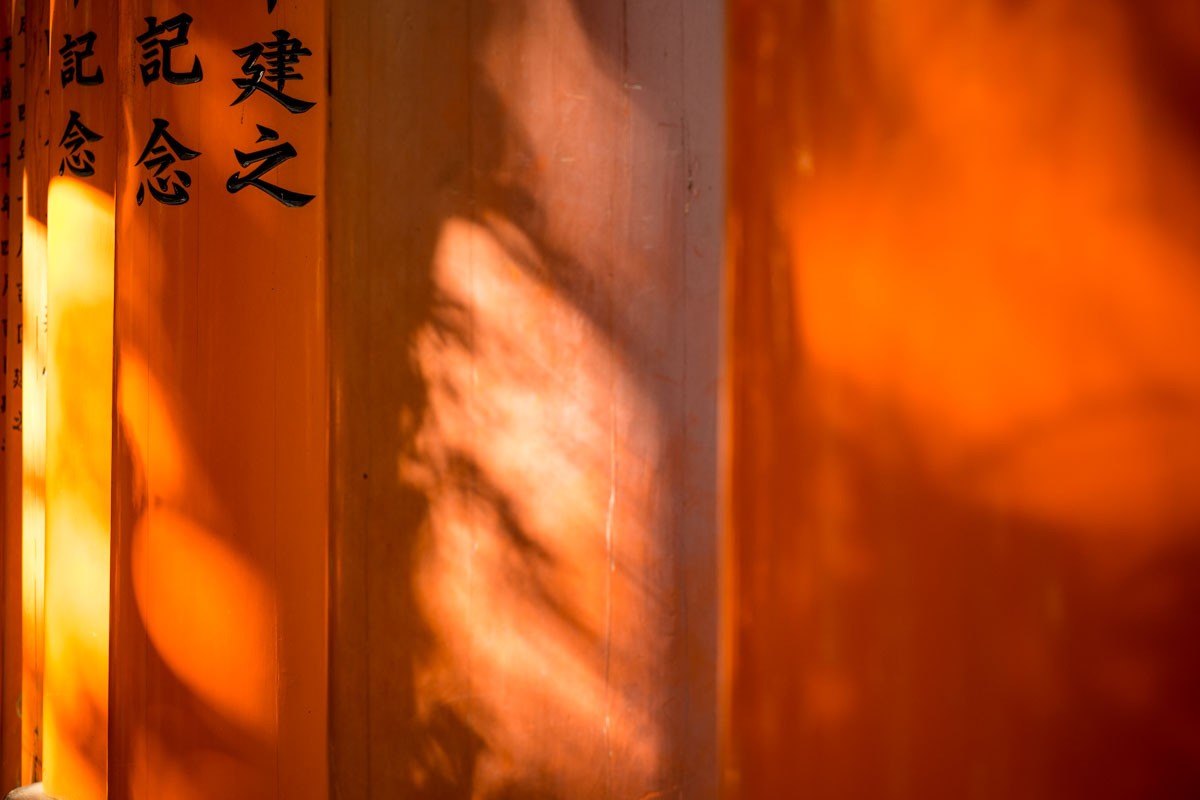
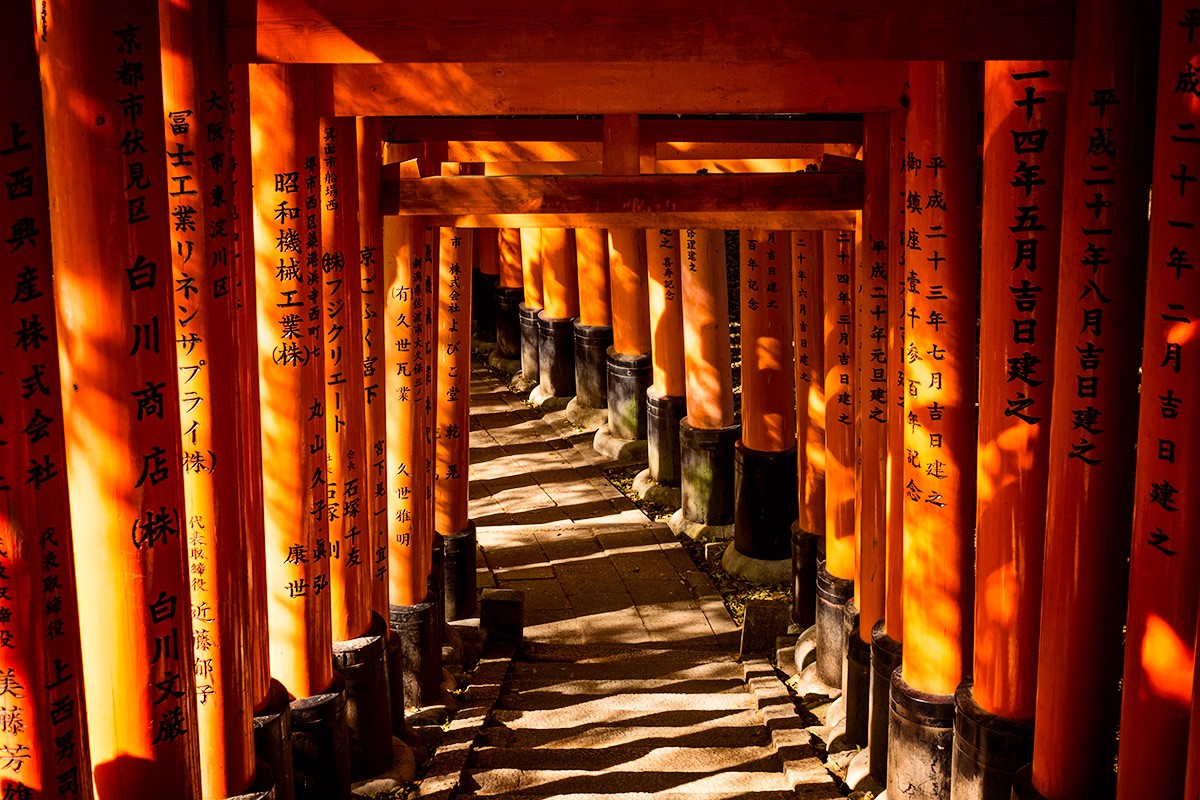
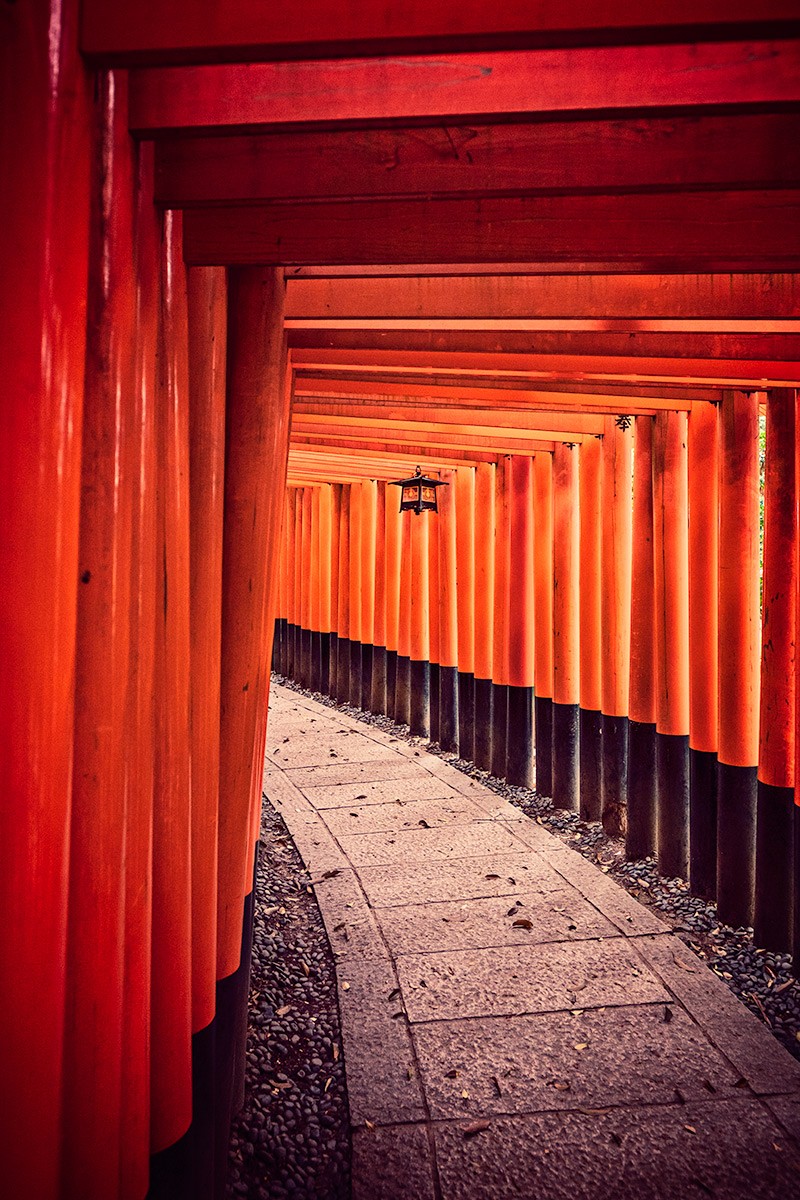
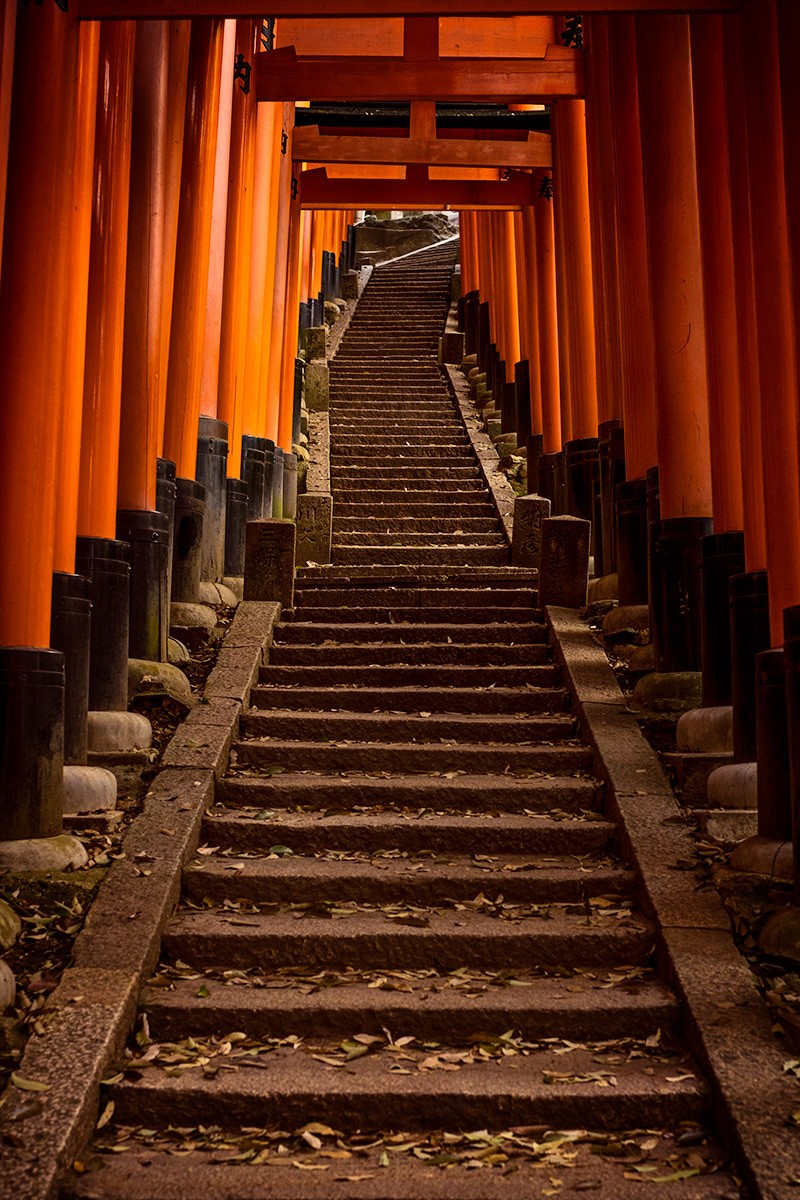
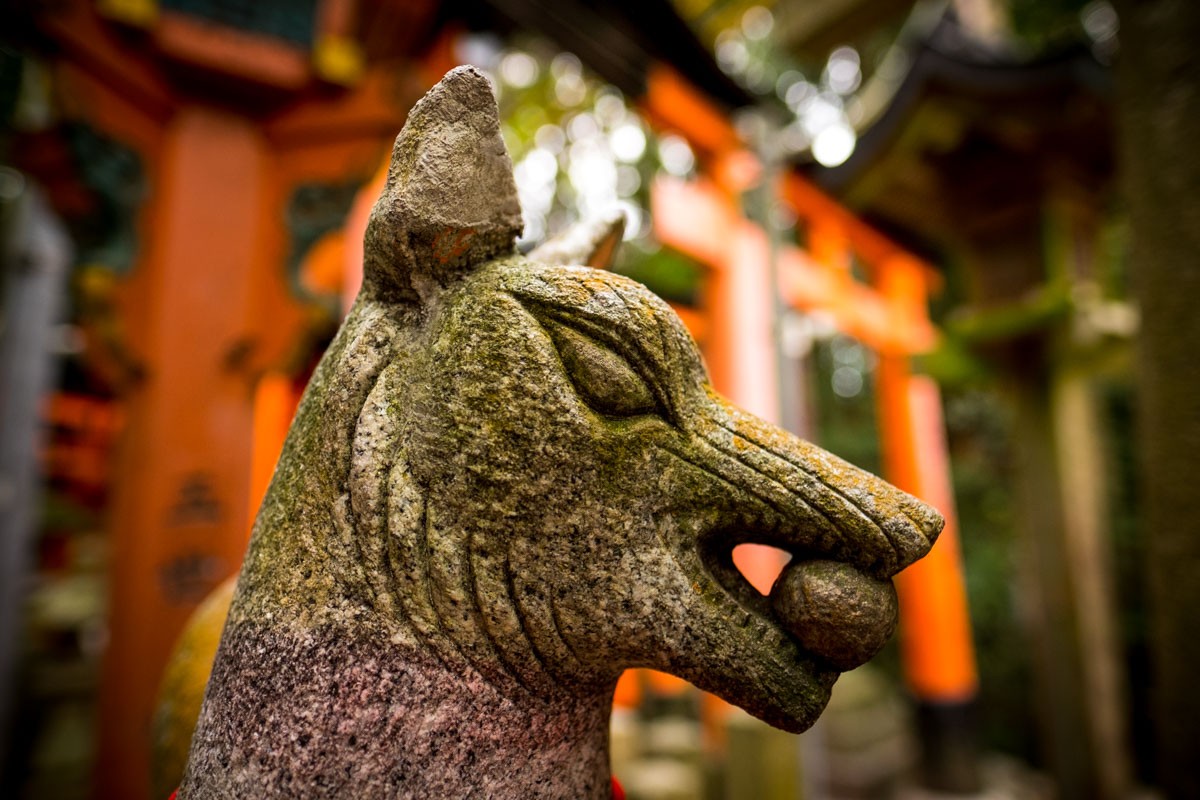



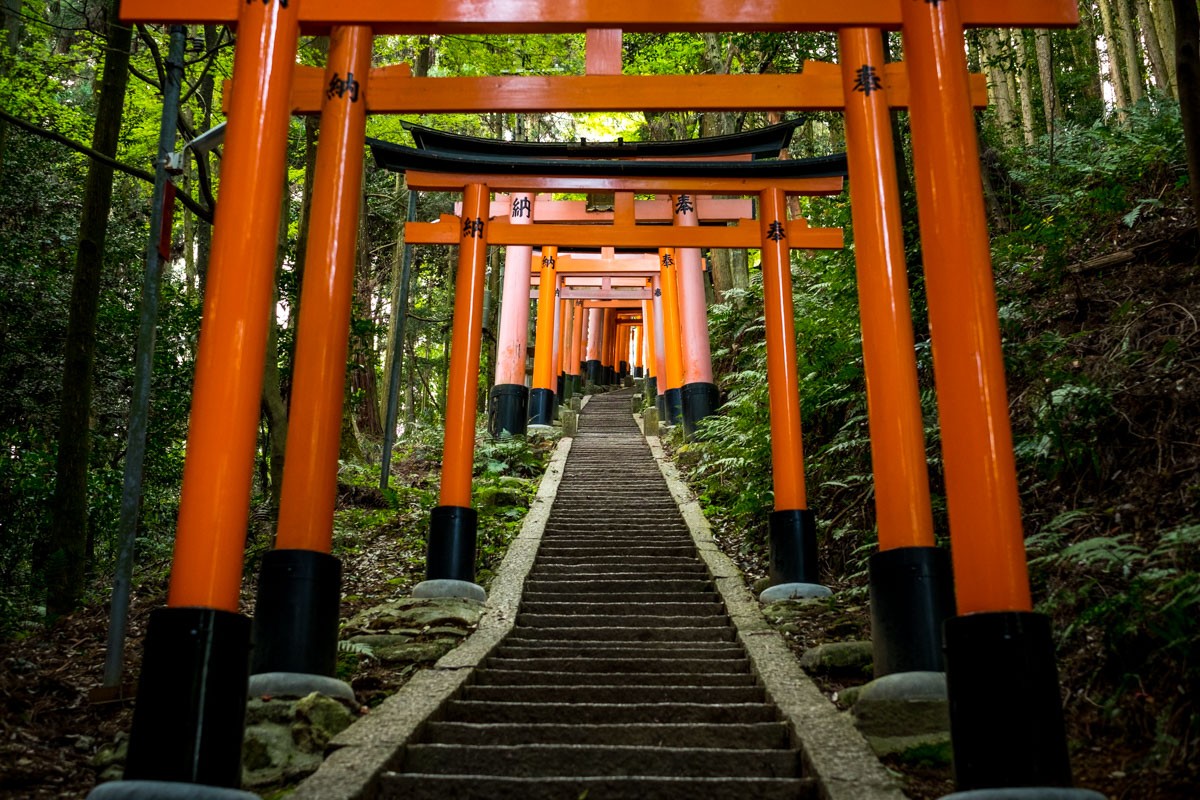
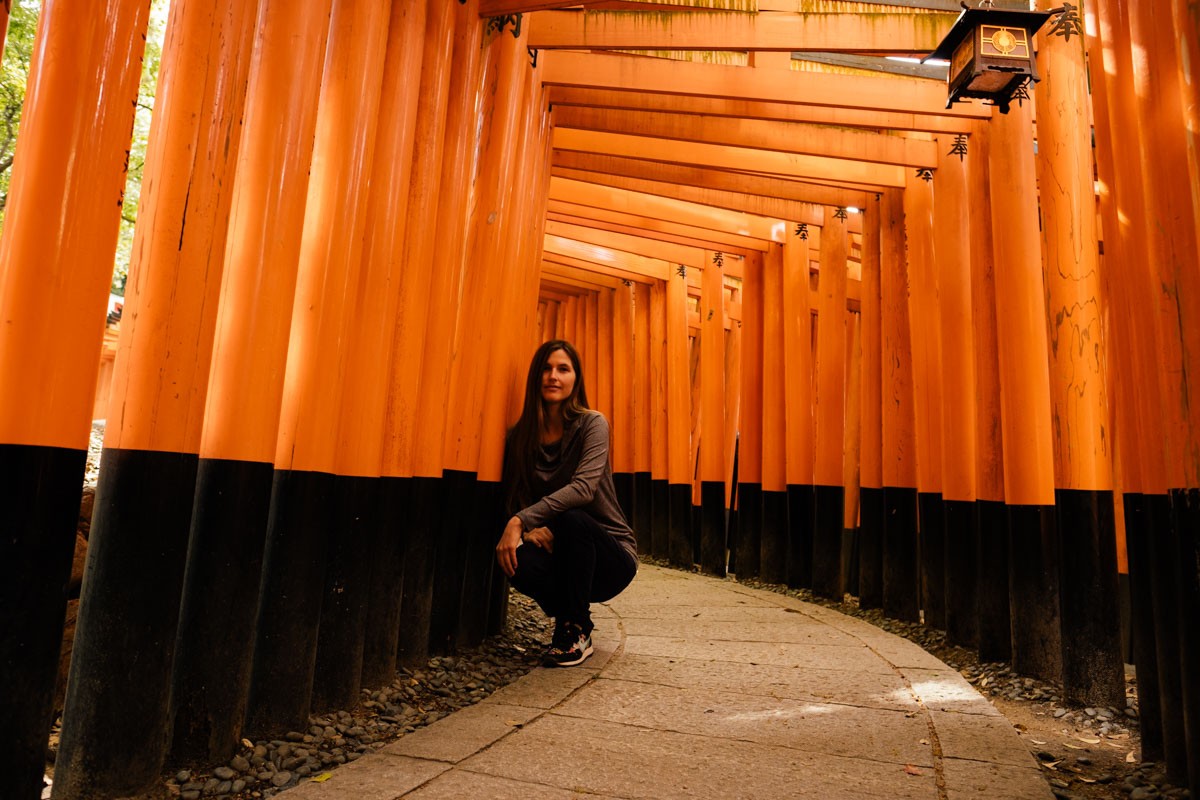
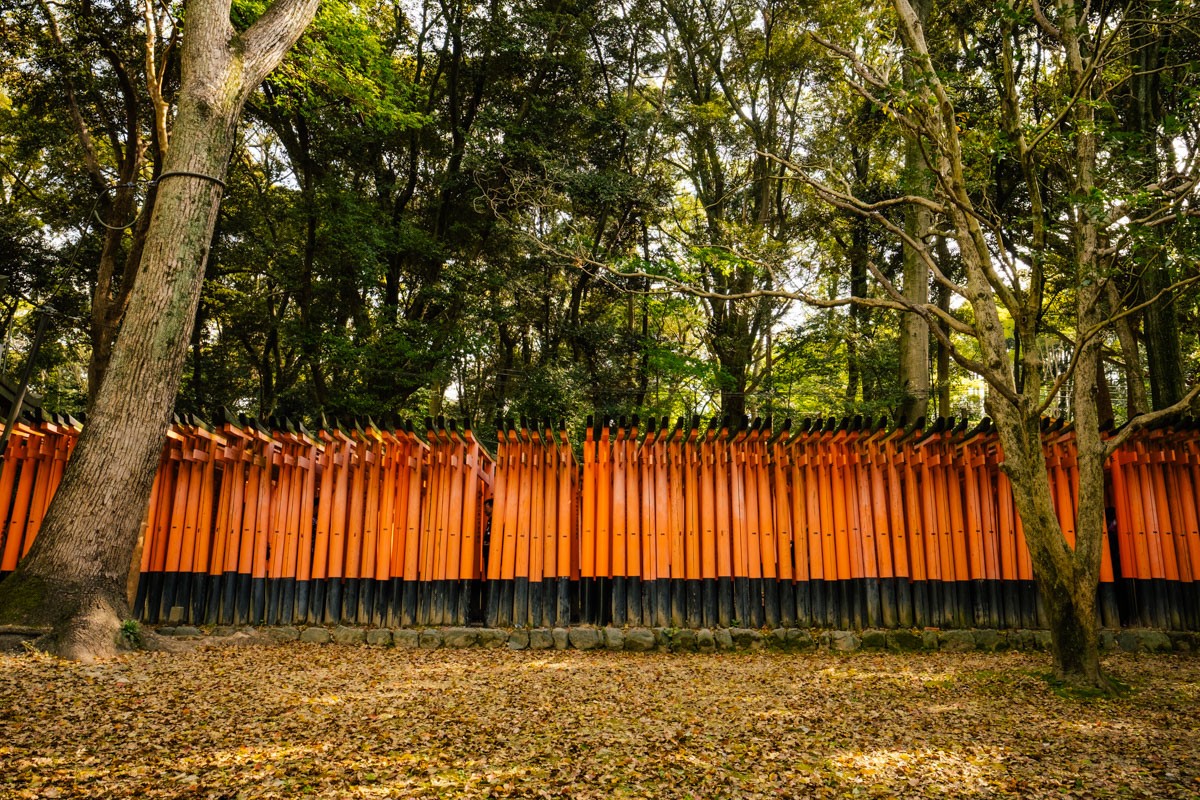
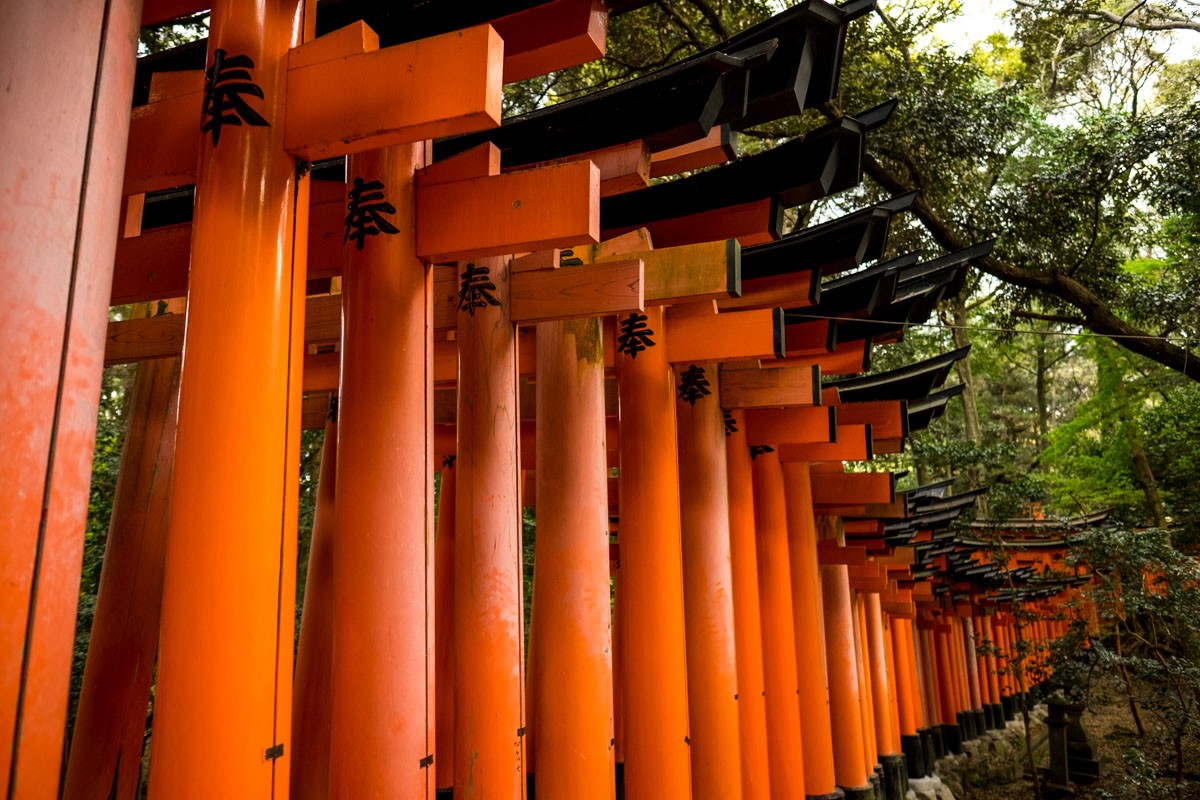
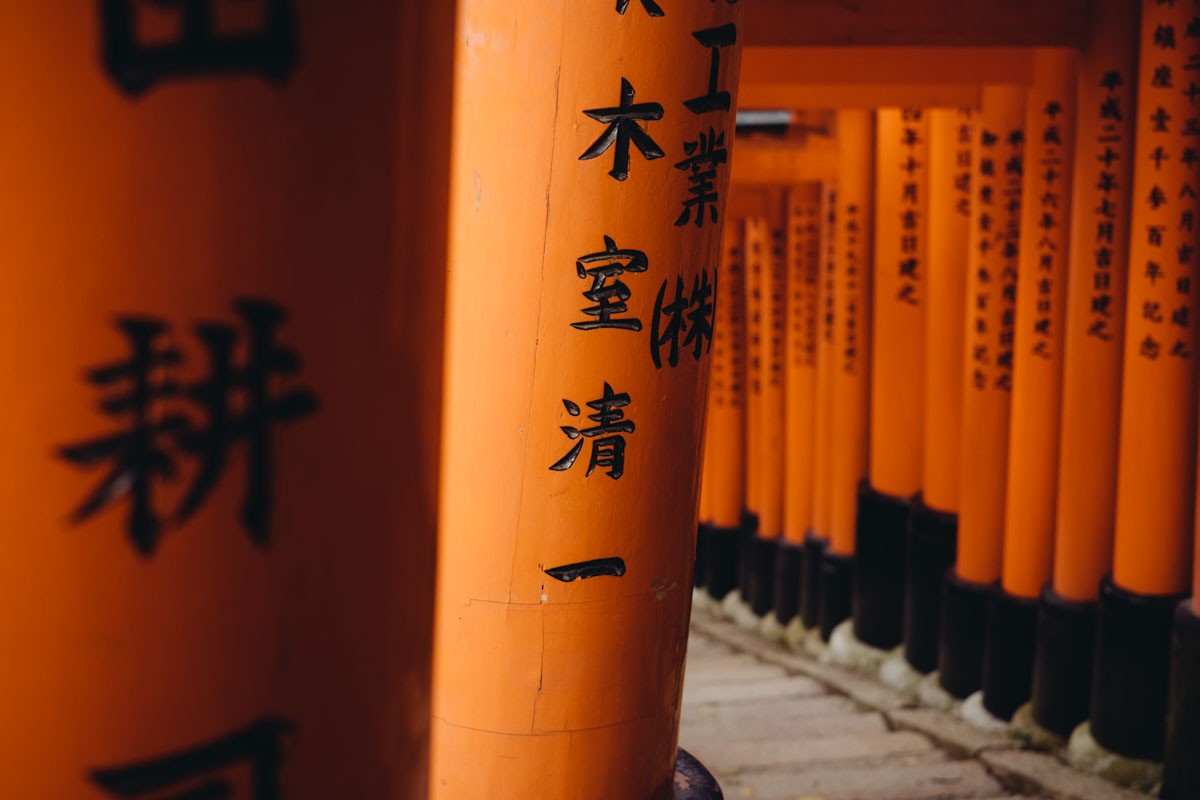

Recent Comments